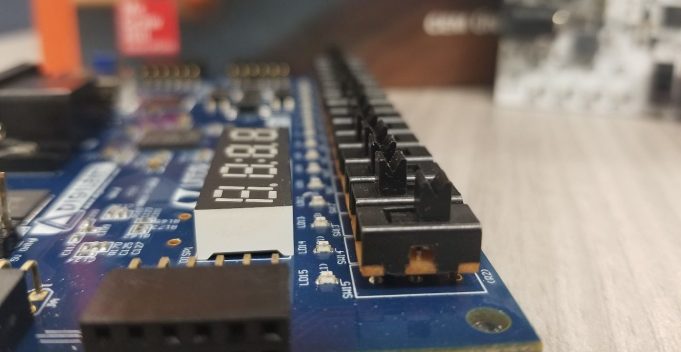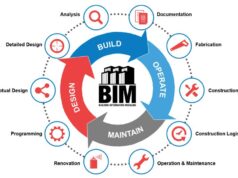To begin, it is important to first define what FPGA programming is. FPGA stands for ‘field programmable gate array,’ which is a type of integrated circuit. Once this circuit has been embedded and installed into a machine, it can then be programmed or developed by the system’s developer. FPGA devices are semiconductors, but they are not limited to any single type of usage, thus, are incredibly useful and versatile. In general, however, FPGA technology, such as the Xilinix FPGA devices are used to add custom functionality to pre-existing hardware. These can provide aftermarket customisation and features devices aftermarket, which makes them a sought-after commodity by coding and PC enthusiasts. While these FPGA devices offer a ton of flexibility of usage, they can be complex to get started with. Thus, this article will provide some helpful tips and advice for FPGA programming for beginners.
Firstly, consider your motivations for learning FPGA programming. Learning this yourself, from scratch, can and will be a difficult task. There will be times where you feel discouraged and overwhelmed by the difficulty of the tasks that you are trying to accomplish. Sufficient motivation, however, can help you overcome this. Consider also what you wish to accomplish with programming. Are you trying to become an expert and get a career in it? Are you trying to develop new products to eventually market and sell? Or are you simply a hobbyist that is looking to add new features to your existing PC build? All of these, and more, are valid reasons to learn how to manipulate FPGA devices. Once you begin learning, try to keep your initial motivations in your mind, as this will help you.
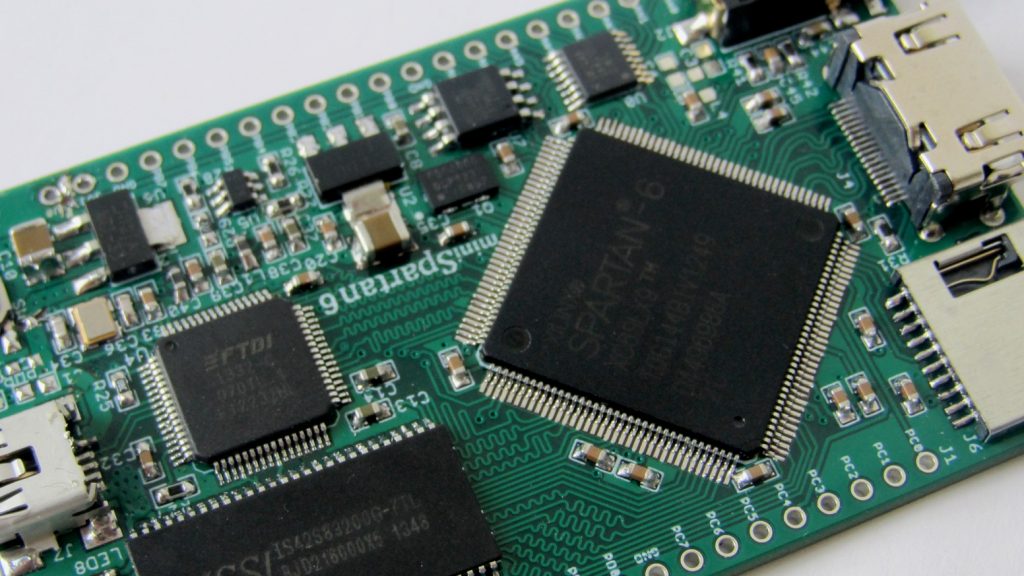
The first step in learning how to do FPGA programming is to choose a board. Development boards for this type of programming vary widely in price and functionality. Some of the more basic boards cost somewhere in the 20 dollar range, whereas some more advanced ones can cost upwards of 2,000 dollars. Consider what you want to do with FPGA and buy your first board based on that. Some of more general, whereas some are more specialised for specific functions. Companies such as Xilinix FPGA, as well as others, offer boards and development bundles. These may also be good options for beginners as they contain everything you need to begin; selected by experts for compatibility of components. If you are getting into FPGA solely to mine cryptocurrencies, however, you will likely be spending the most money – those boards and components from Directics.com require massive power outputs as well as specialised pieces. Again, it is important to consider your motivation and purposes when deciding on a board. Also consider that if you are not sure if you are interested or will like FPGA development, you may not want to spend a huge amount of money on it right off the bat.
Once you have chosen a board and any other peripheral attachments, you must decide on a program to use for your FPGA programming. Most companies that make development boards also have a corresponding software that they have released as a companion to those components. Thus, it is highly recommended that you stay with the same brand. This will cause less compatibility issues and allow for the greatest functions of your devices. Also note that there may be various iterations of software within a single company, where different software programs are used for the different types of boards. Whichever company and board you purchase should have information detailing which software works best with it, thus removing the guesswork. For the leading FPGA companies, the software that is geared towards beginner users is free to download after registering an account. It is only when the advanced tools are needed that you will actually need to pay for the software. Once you are all set up, it is time to start a project.
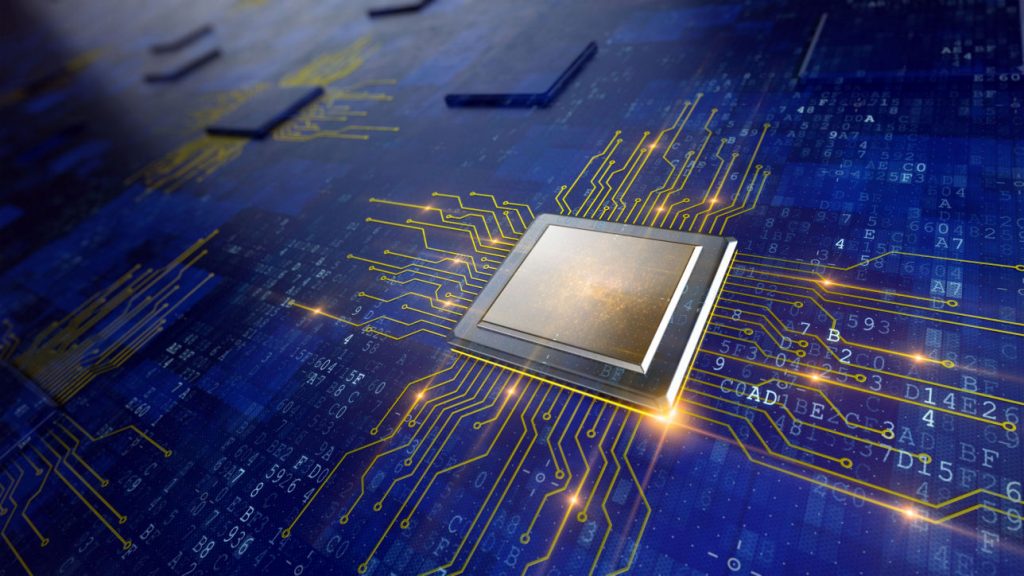
Starting your first FPGA project can be an intimidating one. The boards can seem incredibly complicated and the software even more so. It is important to remember to start with something small to begin with. This will limit your frustrations, as well as helping to keep the momentum of learning going forward. A great project to start with is simply using an FPGA board to turn on an LED light. While this sounds, perhaps, easy and boring, it actually provides a modest amount of challenge and helps introduce new skills. How to do this will vary greatly depending on the company chosen, but remember that there are great guides online to follow and learn from.
Once you begin learning and have done a few projects, it can be a bit overwhelming to know where to start with your education. For most beginners, the best place to start is with the basics. This means logic blocks and designs. After these are mastered, beginners should learn to translate them into hardware descriptive language, or HDL. From this point, the focus should be more on the software used than on the board itself. While these topics can seem massively intimidating, remember to start slow and don’t set goals that are too ambitious right at the beginning. Most FPGA software and guides are free and open source, but it is a relatively new discipline of coding so there is a lot of exploration that has not yet been done.
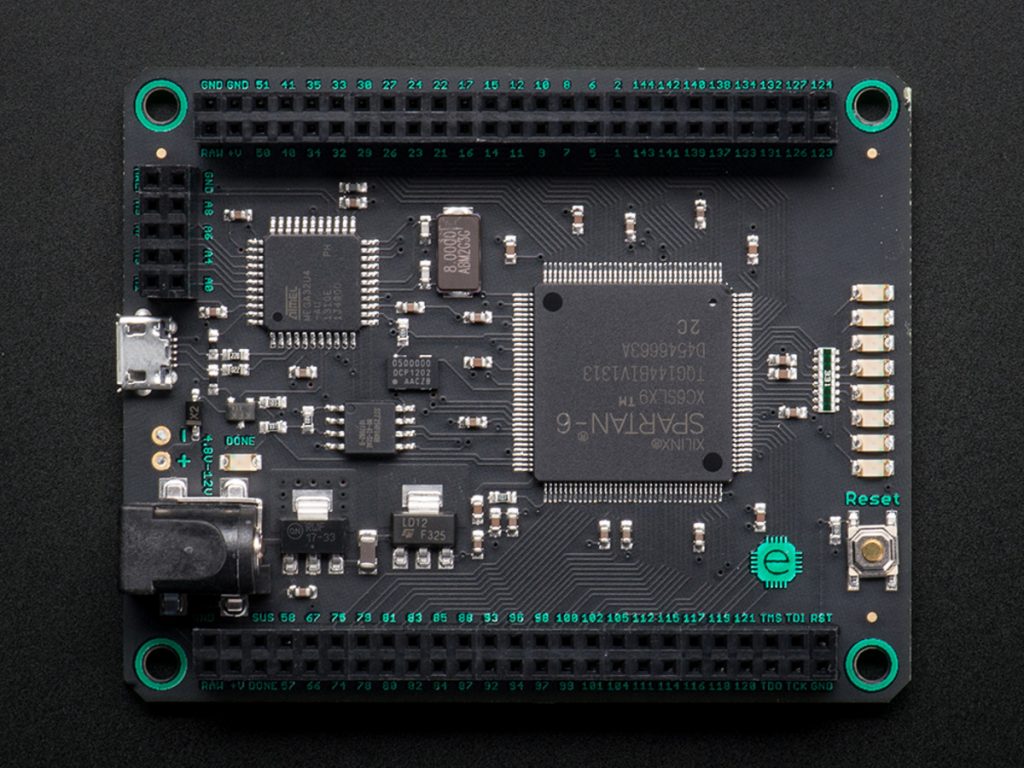
FPGA programming is a mix between hardware and software, making it a completely different beast to most types of programming. It utilises hardware components and software components to add new features or customisation to existing computers, making them incredibly powerful. As a beginner, however, it can be incredibly difficult to know where to begin when getting into the world of programming. Hopefully this guide helps you understand the steps to getting into this field. New resources on this topic are being developed daily, so there is constantly more information available to read and learn from.

